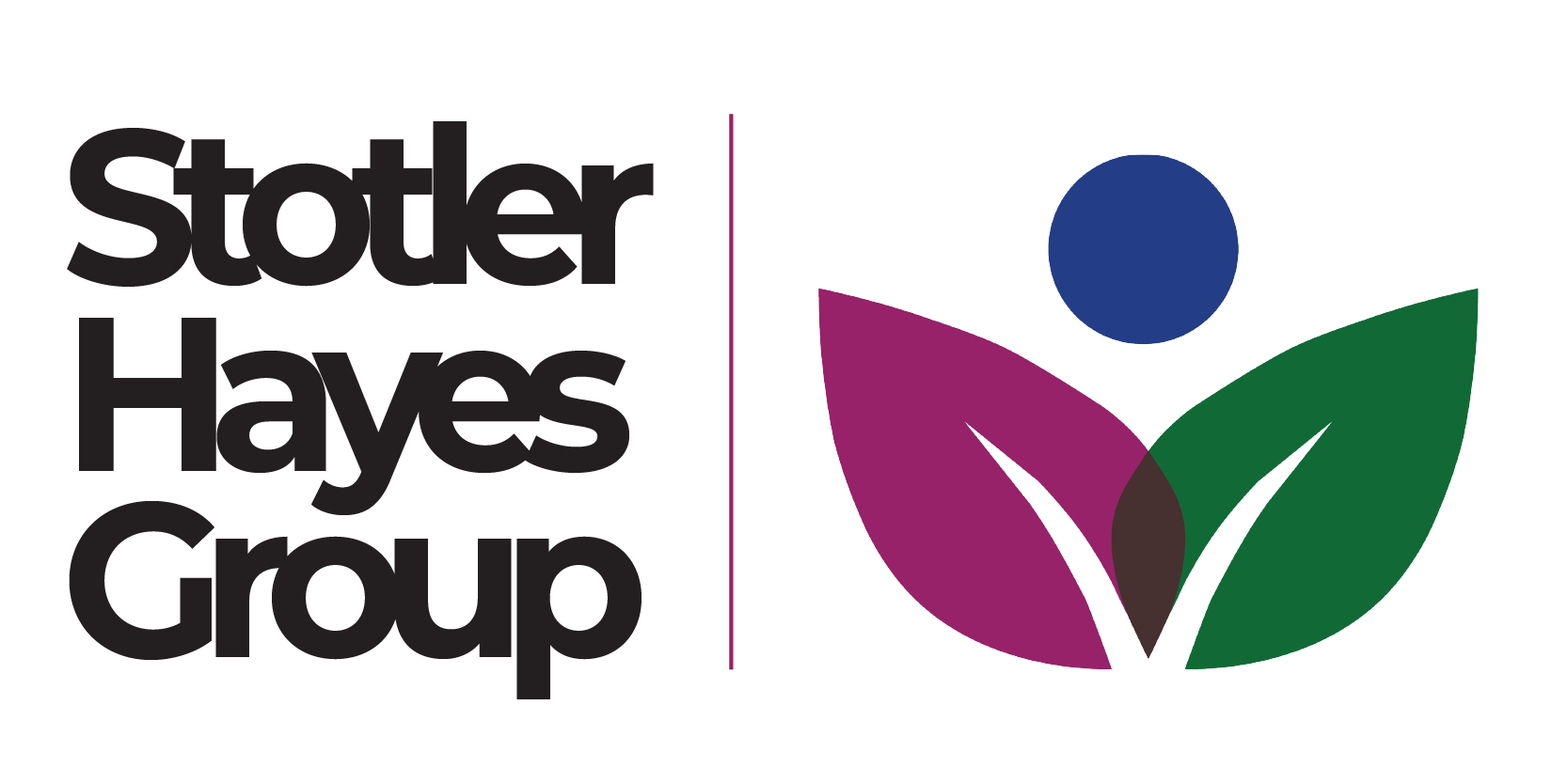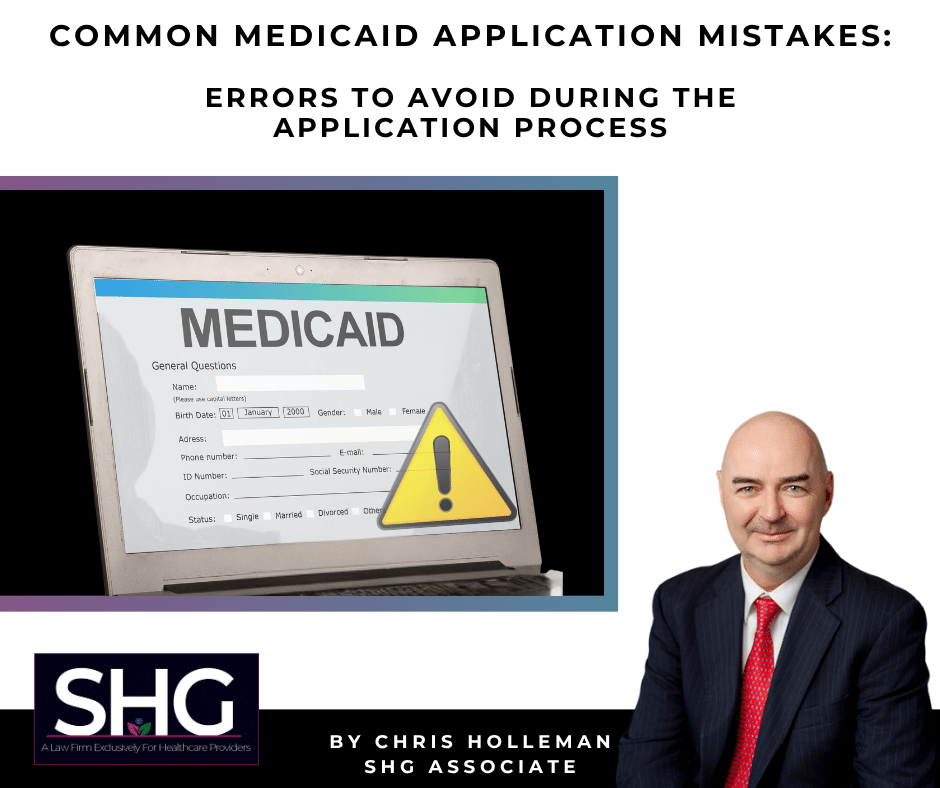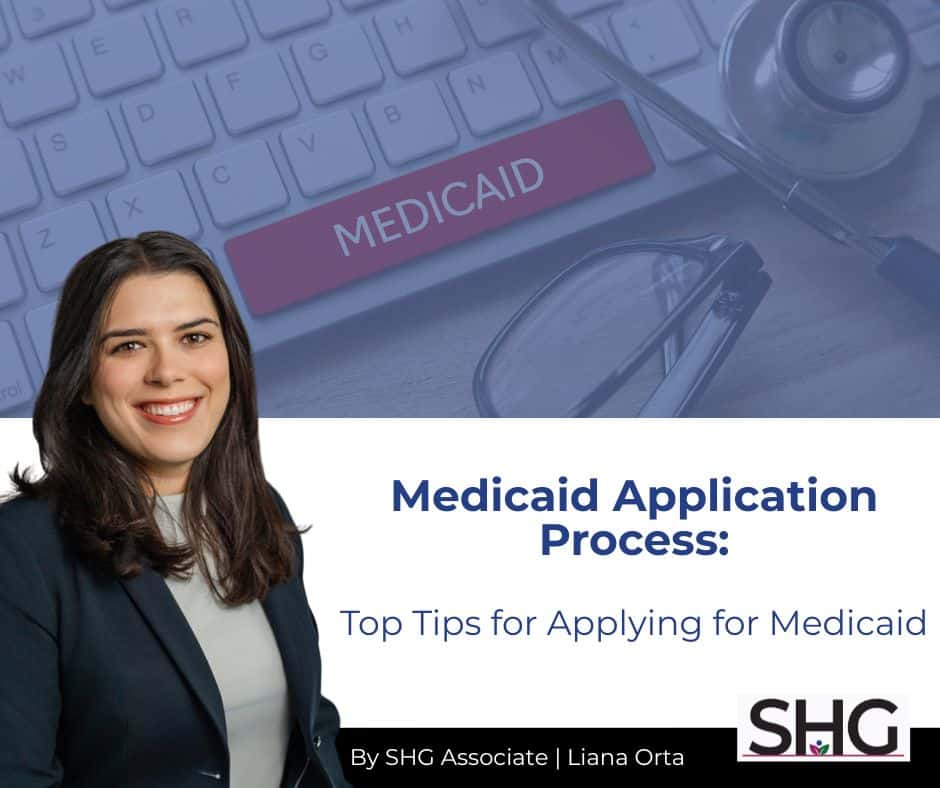Nearly one in five attorneys (20%) may suffer from Attention Deficit Hyperactivity Disorder (“ADHD”), compared to one in twenty (5%) of the general population. In other words, attorneys are four times more likely to have ADHD than non-attorneys. Or, perhaps, those with ADHD are more likely to become attorneys (and a slew of other professions to which ADHD symptoms lend themselves to particularly well). Either way, here we are, a few days after New Year’s, with many ADHD-rneys* likely having delayed on their new year resolutions. No fear, compiled below are ten New Year’s Resolutions intended to help attorneys harness the many strengths of ADHD, minimize the less-than-stellar symptoms, and excel in their legal careers.
- Embrace a Life of Routine, Structure and Organization. Two of the most common challenges with ADHD are memory and attention capacity. Using many of the tools below, commit to establishing a structured and organized routine from wake to slumber in 2024. Plan and organize your day – your time and tasks – into manageable segments using calendars, planners, or digital tools to effectively track deadlines, manage time, and maintain focus. A well-established routine reduces needless decisions, reduces wasted time, improves brain functioning and increases productivity.
- Create a Distraction-Free Environment: Audit your work space to ensure it is free from distractions – remove physical clutter and organize paperwork into well-labeled files, utilize physical barriers like curtains and doors or do not disturb” signage to limit outside stimulus, consider noise-cancelling headphones (loop earphones are a fan favorite) and browser extensions that block distracting websites, and silence your phone (yes, you read that correctly).
- Commit to Reject Multi-Step Tasks: ADHD inhibits one’s tolerance for multi-step tasks. Rather than attempt to complete them as is, divide tasks into smaller, actionable and bit size steps and put those into an editable list or project management system. Rather than aiming to draft a brief, set a goal of completing the parties and jurisdictional sections. You don’t have to proofread an entire legal document all at once; proofread for party names first, then dates, then addresses, and so on. It’ll save time and increase attention to detail. Try Bullet-Journaling for task-management.
- Set Deadlines for Everything, Even Things Without Deadlines. And then calendar them. Does not matter how small. Reading an email – set a deadline and calendar it. Responding to a phone call today – set a time by which it must be completed and add it to your daily task list. Consider color-coding or otherwise visually distinguishing for priority, time-sensitivity, and task type (more on both below). But, without doubt, both a calendar and a clock should be visible at all times. The Time Timer may be your new best friend.
- Prioritize. Once all tasks and deadlines are identified, they must be prioritized by importance and deadlines. Consider assigning higher-priority tasks to times when focus and energy levels are at their peak to ensure success on critical assignments. Consider utilizing the Eisenhower Matrix.
- Employ Time Management Techniques: With tasks, deadlines and priorities established, the next step is to conquer distractions, stay on task, and effectively manage time. Consider various time-blocking techniques and utilize a simple timer to work in focused intervals followed by short breaks. Developing a daily schedule that outlines specific time blocks for legal writing, client interactions, emails, administrative tasks and breaks will help maintain focus and organization through the day. Look at the Pomodoro Method for starters.
- Leverage Visual Organization Systems: Employ visual aids like color-coded folders or sticky notes, and leverage legal visual aids like visual legal calendars, case boards, and legal project management charts to visually manage time and deadlines. The ABA maintains an updated list of PM systems.
- Optimize Technology: There are countless productivity apps and tools designed for task-management, note-taking, time-tracking and maintaining focus, including many designed specifically for legal professionals. Explore apps that offer reminders, alarms, and prompts to stay on track with deadlines and commitments and apps to maintain focus. As simple as it may seem, Alexa may be worth exploring.
- Create Regular Breaks. Schedule regular breaks into your workday routine, including time for both physical exercise and brief mediation sessions or breathing exercises. Incorporating movement AND rest into your daily schedule between legal tasks will reset and recharge focus, optimize mental stamina, and sustain productivity throughout the legal workday. Attorney Jeena Cho (jeencho.com) offers mindfulness courses and techniques tailored specifically for attorneys.
- Communicate and Seek Support: While disclosure of ADHD is a personal decision, there are a number of benefits to open communication with your employer and support staff. For example, an attorney with ADHD is potentially not well-supported by a paralegal with ADHD. By communicating an ADHD diagnosis and requesting an accommodative team with stellar attention to detail and time-management skills, attorneys’ areas of weakness may be better supported and collaboration that leverages strengths can occur. Inquire within peer support groups or networking circles in the legal community to identify legal-specific resources and exchange strategies, tips, and insights to managing ADHD in the legal profession. Check out www.thejdhd.com!
Managing ADHD is no doubt challenging, and the pressures and deadlines imposed in the legal profession make it all the more difficult. Self-awarness, coupled with tailored resolutions and a little bit of patience can allow ADHD-rneys to harness their many strengths and leverage their ADHD superpowers to support the growth and development of their legal-careers.
* ADHD-rneys is a made-up word created by yours truly to describe the dual identity of an attorney with ADHD.
Author: Kelly Hayes | SHG Co-Founder & Partner






